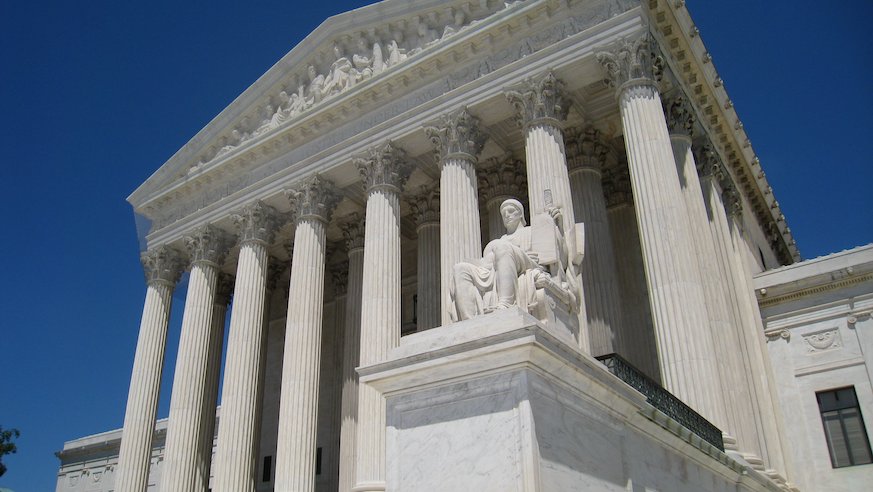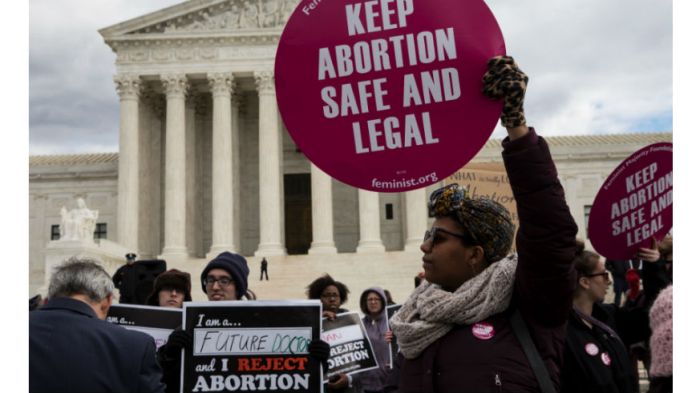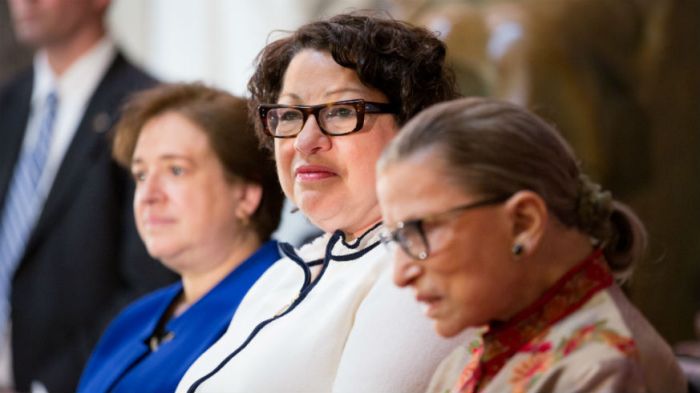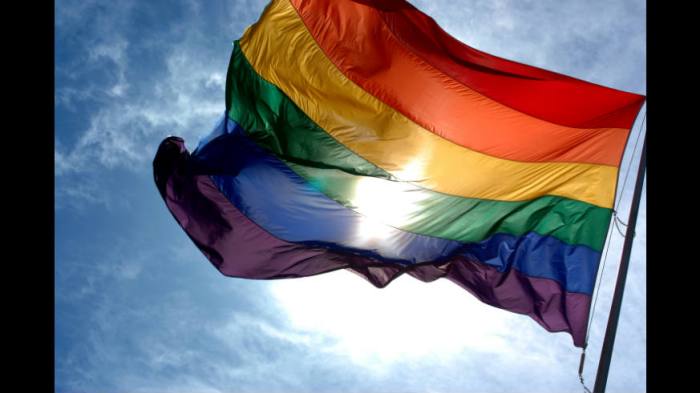President Donald Trump sought to bar entry of all non-U.S. citizens from Iran, Libya, Somalia, Sudan, Syria and Yemen, but the Supreme Court’s watered-down version of the travel ban will be much less far-reaching.
The Supreme Court ruled Trump could only ban people from those six majority-Muslim countries if they “lack any bona fide relationship with a person or entity in the United States.”
“A foreign national who wishes to enter the United States to live with or visit a family member … clearly has such a relationship. As for entities, the relationship must be formal, documented and formed in the ordinary course, rather than for the purpose of evading [the travel ban],” the Supreme Court decision said.
Who is still allowed in under the new travel ban?
Under the Supreme Court decision, people with a “bona fide relationship” to a person or entity in the U.S. will still be permitted entry.
Non-U.S. citizens from Iran, Libya, Somalia, Sudan, Syria and Yemen will still be granted entry to the U.S. if they have family here, work here or go to school here. People looking for travel visas or refuge without U.S. connections will not be granted entry.
Will people get stuck in airports because of the travel ban?
The chaos caused by the implementation of Trump’s first travel ban will not be seen as a result of the Supreme Court’s decision.
In the initial implementation, the State Department revoked tens of thousands of visas causing some travelers to be turned away from airports and detained at airports.
Trump has since revised his order so it will only affect the issuance of new visas to people in Iran, Libya, Somalia, Sudan, Syria and Yemen. People who already have visas should not be blocked from U.S. airports.
How long will the travel ban last?
The Supreme Court did not change the duration of Trump’s travel ban.
The visa ban is supposed to last 90 days and the refugee ban for 120 days to give the administration sufficient time to look into its immigration procedures with the six majority-Muslim countries named in the ban.
Travel ban decision pressures Trump to review vetting procedures
The Supreme Court made clear in its decision that the Trump administration must now review its vetting procedures for immigration with the six named majority-Muslim countries.
In the executive order, the Trump administration designed the travel ban as a temporary measure to alleviate “investigative burdens” while the Department of Homeland Security assesses how it decides who gets in and who doesn’t. Once those studies are complete and measures are taken, there is no longer a justification for a travel ban.
Supreme Court to take up travel ban in October
The Supreme Court will take up the travel ban fully in October. Their Monday ruling only partially limits the lower courts’ stays on letting the travel ban take effect.
By the time the Supreme Court hears arguments on the travel ban, its 90-day life will have expired and the Trump administration will need to give the court a reason as to why it should be continued. It’s also possible the travel ban case could be moot by the time the Supreme Court is ready to hear it.
Trump signed a memorandum this month that said the travel ban would take effect 72 hours after injunctions were lifted, therefore it should be over by September for visa holders and the end of October for refugees.



















